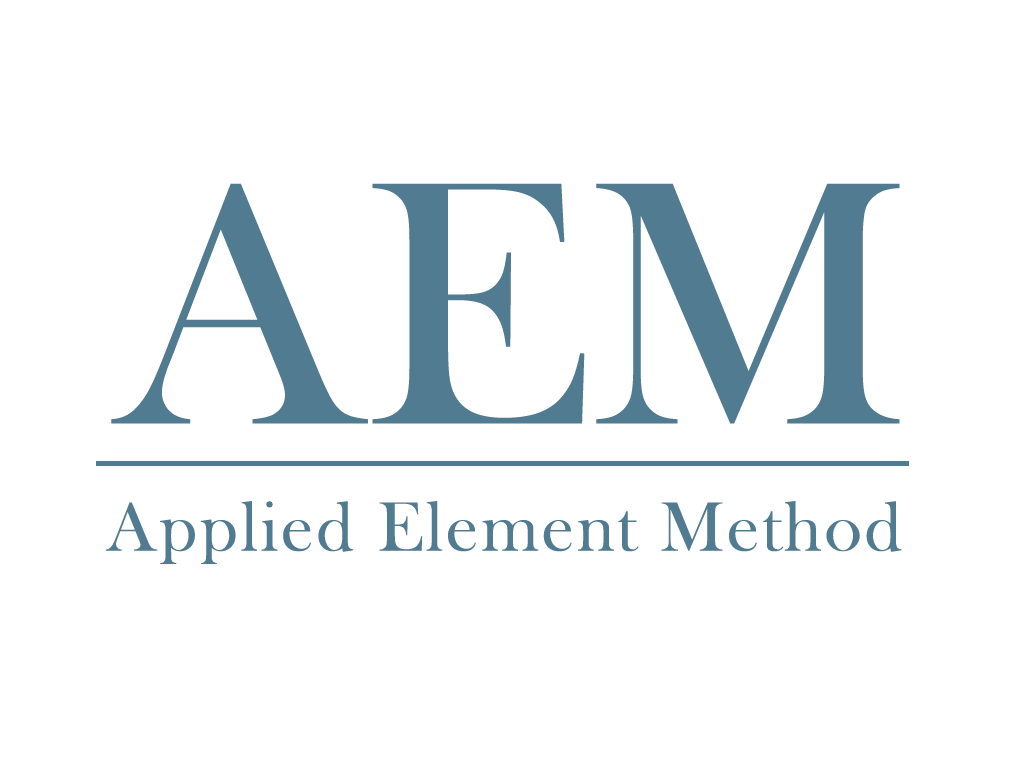by Applied Element Method | Feb 29, 2016 | Other Publications, Thesis
Unreinforced masonry (URM) structures have shown to be susceptible to significant damage during strong earthquakes. Vulnerability assessment of URM buildings is needed so that appropriate mitigation strategies can be implemented. The existing Canadian practice consists of rapid seismic screening of buildings to assign priorities for further and more refined assessments, followed by refined analysis of individual critical buildings.
by Applied Element Method | Feb 23, 2016 | Other Publications, Thesis
Current research with respect to the protection of civilian infrastructure against complex blast loading conditions is primarily focused towards the effect of external explosive sources. As a consequence, the general literature on internal building detonations and specifically in the context of protective design and assessment of structures against these loading conditions is incomplete. Existing guidelines developed for comparatively noncomplex external explosive blast remain unconservative when applied to internal building detonations due to blast wave confinement and complex interaction with structural components. In particular, reinforced concrete (RC) columns in internal blast environments are subjected to time-variant uplift forces coupled with lateral pressures leading to destabilisation and a critical loss of structural integrity. Research presented in this thesis provides an original understanding towards: (i) – the influence of transient uplift forces on the vulnerability of RC columns subject to lateral blast pressures and, (ii) – design and assessment of RC columns against the effect of time-variant coupled uplift and lateral blast pressures due to internal building detonations.
by Applied Element Method | Jan 27, 2016 | Journals
Progressive collapse is a catastrophic partial or total failure that mostly occurs when a structure lose a primary structural component or more like a column or any vertical load-resisting component. This loss could be as a result of a car accident, explosion of a...
by Applied Element Method | Dec 29, 2015 | Journals
In seismic design, structural irregularity has been found to have a significant influence on structural response. The impact of structural irregularity on the global response of steel frame structures subjected to blast loading has not been examined. In the paper, six...
by Applied Element Method | Dec 14, 2015 | Conferences
Capacity of multi-storey steel frame buildings to resist extreme loading may depend on the performance of beam-to-column connections. If catenary action forms, this results in large axial force demands in beams and therefore it is necessary to take into account the...
